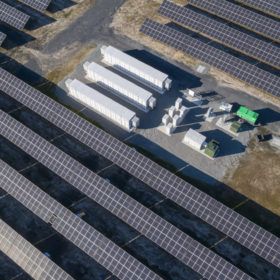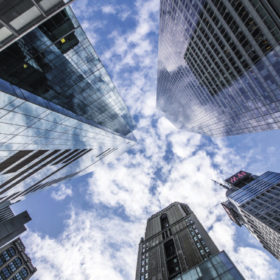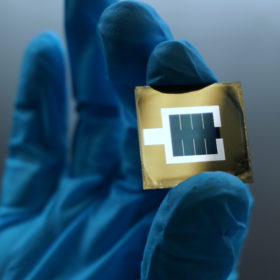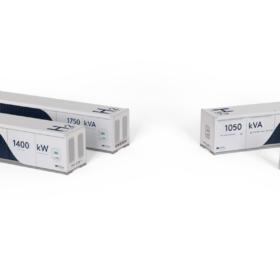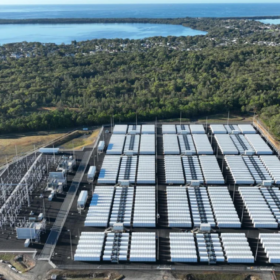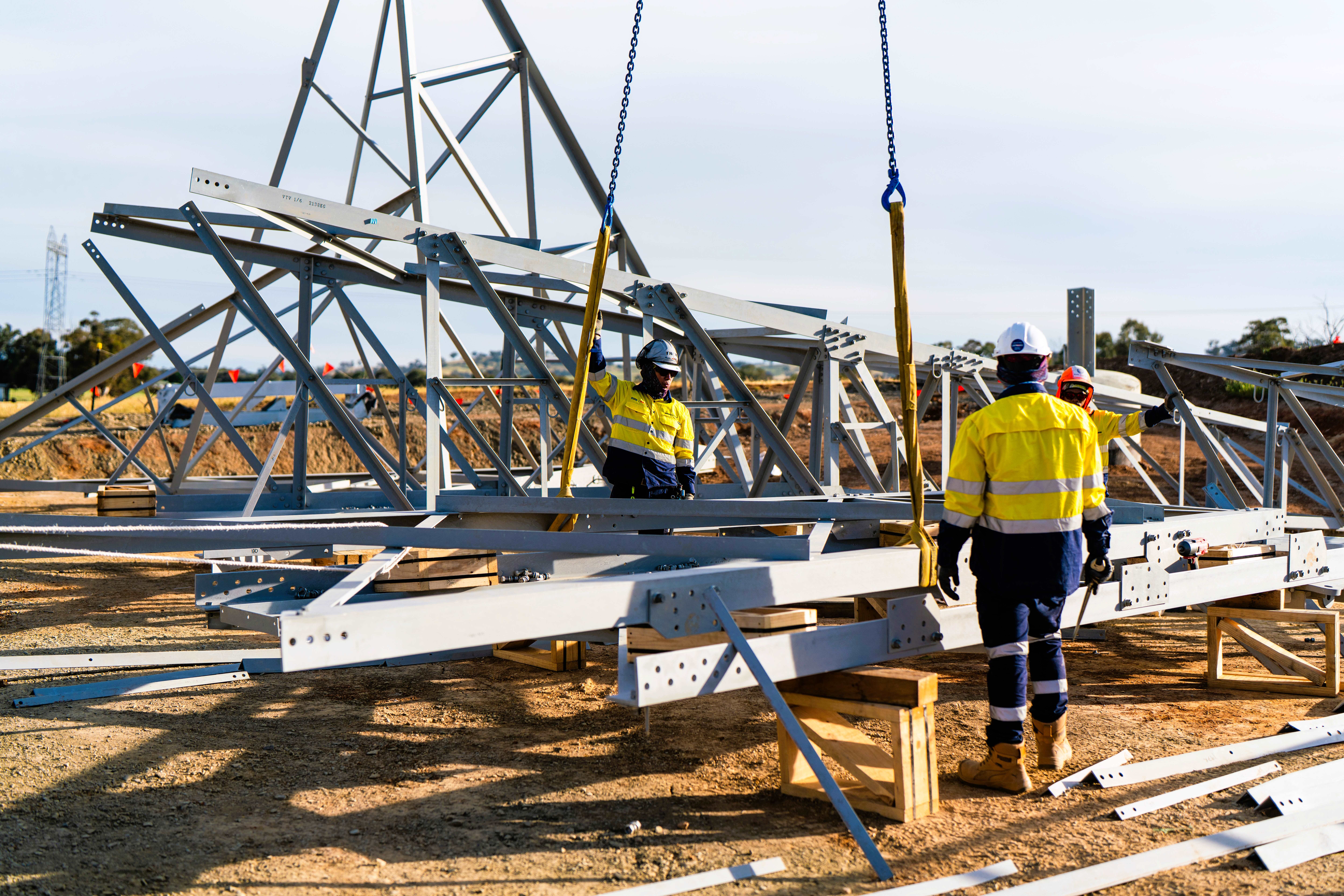Four global trends in solar and storage in 2023
A review of recent solar and storage related trends as seen by IHS Markit.
Photocatalytic water splitting with 9.2% solar-to-hydrogen efficiency
A US research team has developed a new technique to produce hydrogen from sunlight and water. It works in an indoor environment and uses pure water, concentrated solar light, and an indium gallium nitride photocatalyst.
UNSW researchers say solar needs to slim down on silver
New research from the University of New South Wales outlines the need for solar cell and module makers to reduce or eliminate the use of silver in their products. Based on expected PV growth, in line with climate change commitments, solar manufacturers would require at least 85% of global silver reserves, according to the new study.
Huasun unveils 715 W heterojunction solar module
Chinese manufacturer Huasun launched a new line of five heterojunction (HJT) solar modules in 2022, with power outputs ranging from 680 W to 700 W. The company has now added a new 715 W module to the series.
BIPV shading estimation methods key for uptake, says IEA-PVPS
A recently published report from the International Energy Agency’s Photovoltaic Power Systems Programme on building integrated photovoltaics (BIPV) digitalisation found many industry professionals are unsure of a suitable method for estimating shading in BIPV projects.
Researchers achieved world record 32.5% efficiency for a perovskite tandem solar cell
A group of researchers from Helmholtz-Zentrum Berlin (HZB) has achieved a new world efficiency record for a silicon-perovskite tandem solar cell, with a certified efficiency of 32.5%.
Hydrogen production set for Tasmania
As Australia’s hydrogen project pipeline doubles in 12 months, Iberdrola announces investment in a green hydrogen and green methanol production plant in Tasmania. Meanwhile, projects in Scandinavia target the shipping industry.
Growatt releases new battery for rooftop solar applications
Growatt’s new APX HV cobalt-free lithium iron phosphate (LFP) battery has a storage capacity of 5 kWh and a nominal voltage of 650 V. It can be scaled up to six battery modules, for a maximum capacity of 30 kWh, or 60 kWh in parallel. It comes with a 10-year warranty.
Lowering grid costs with voltage support from PV inverters at night
US researchers have proposed the use of solar inverters in utility-scale solar assets to replace expensive voltage compensators, in order to provide voltage support at night. They said reactive power from PV inverters could be significantly cheaper and suggested the introduction of incentives to convince PV plant owners.
Packaged hydrogen generators for land, sea applications
EODev will start delivering hydrogen generators by the end of 2024 to countries in the US, Europe, Australia and the Middle East, with a focus on regions with public incentive policies. German companies, meanwhile, have agreed to convert a gas pipeline network into a hydrogen pipeline network.
